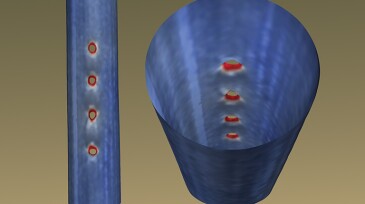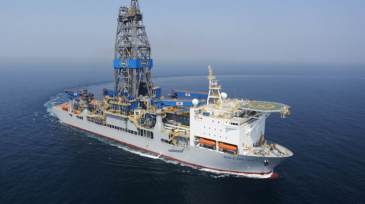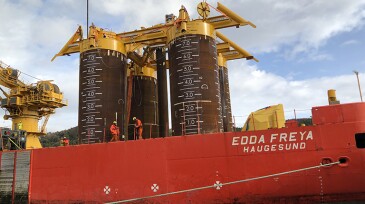Reservoir
Ranger acquires American Well Services for $90.5 million, adding 39 workover rigs and boosting its fleet by 25%.
Production from the Búzios field now tops 1 million B/D with six floating production systems in operation and more on the way.
Geophysicist Markos Sourial discusses advances in seismic imaging, the challenges of modern data processing, and what they mean for the next wave of subsurface professionals.
-
The authors describe the process of building multiple scenario-based models to optimize development planning in preparation for the upcoming production phase of the Ichthys field offshore Australia.
-
The authors demonstrate how artificial intelligence and machine learning can help build a purely data-driven reservoir simulation model that successfully history matches dynamic variables for wells in a complex offshore field and that can be used for production forecasting.
-
The implementation of fishbone stimulation helped to more than double estimated well productivity and tripled the production rate in a tight carbonate reservoir well compared with conventional stimulation during initial testing.
-
When fracturing, simply shooting all the perforations at the same spot in the casing can offer increased production at a low cost.
-
The paper describes an end-to-end deep surrogate model capable of modeling field and individual-well production rates given arbitrary sequences of actions.
-
The latest success for the ExxonMobil-led consortium is also adding drillships to support a 15-well campaign in the Stabroek Block.
-
The all-stock transaction is expected to bolster the newly created operator's production profile to around 160,000 BOE/D.
-
Finding creative ways to drive down the CAPEX and discounted OPEX and define a realistic pathway and schedule to full-scale commercial operations is discussed.
-
Oil isn’t going away, but that misses the fact that a demand plateau will structurally change the industry for people and companies in the most geologically mature areas, especially the United States.
-
Operator will use polymerized water into reservoir to boost oil and gas recovery.













